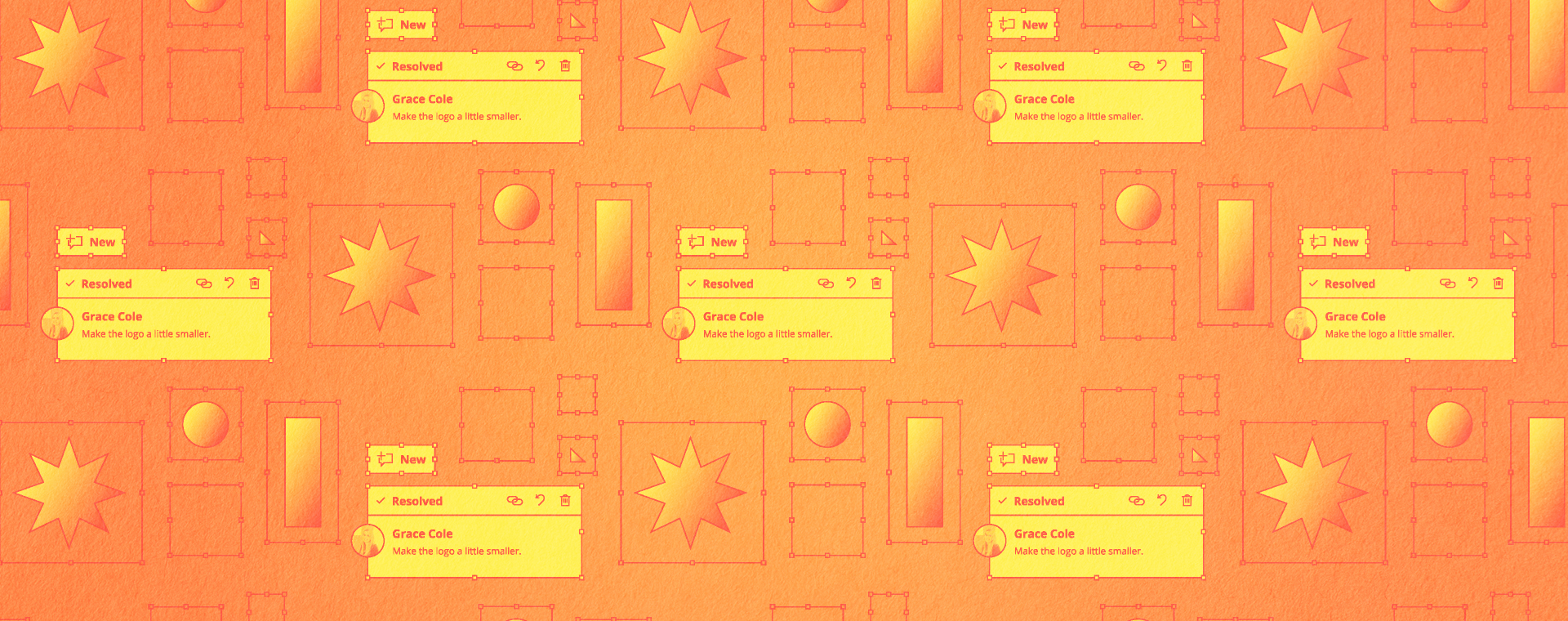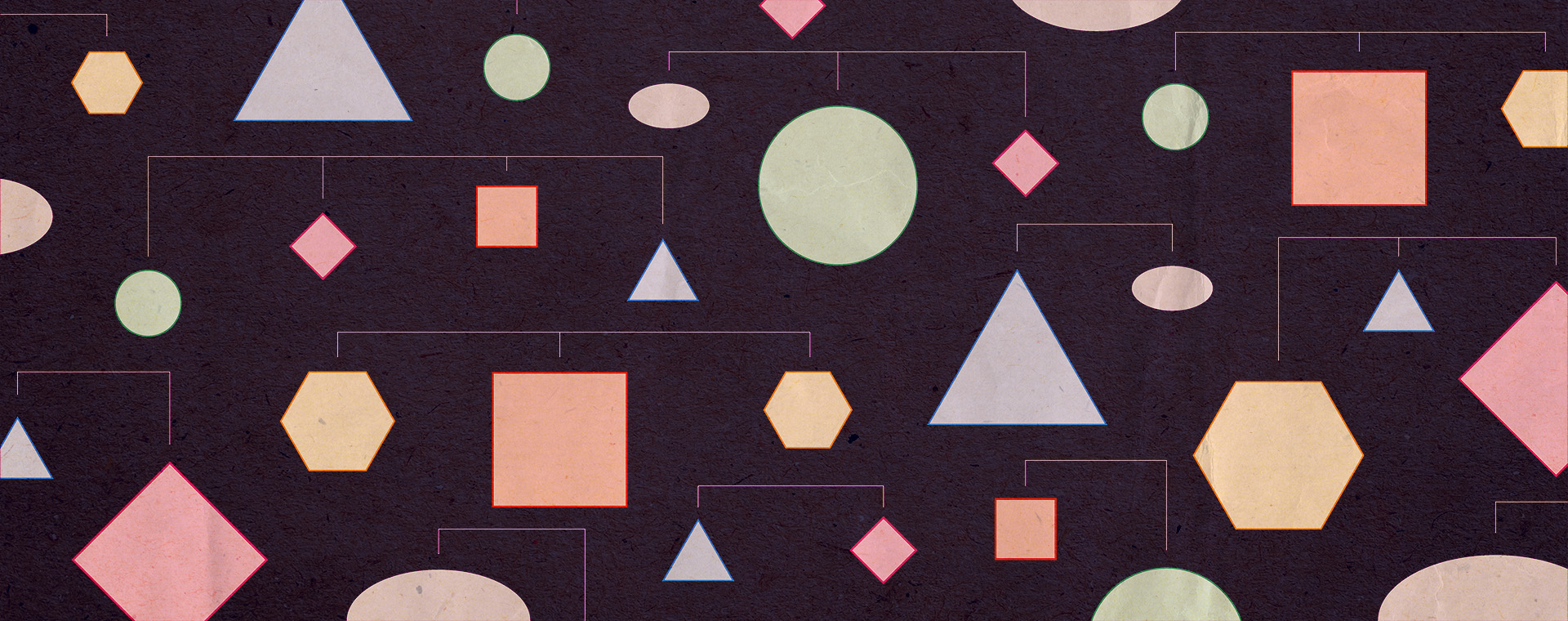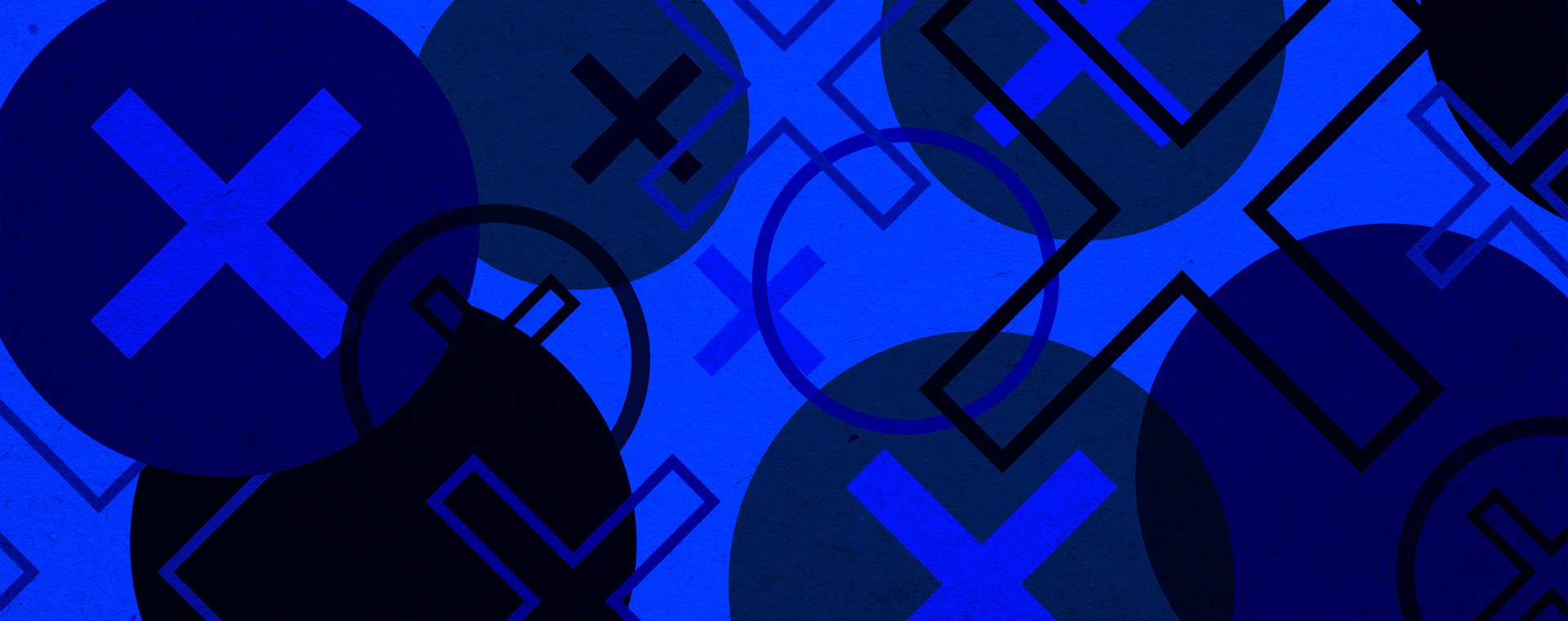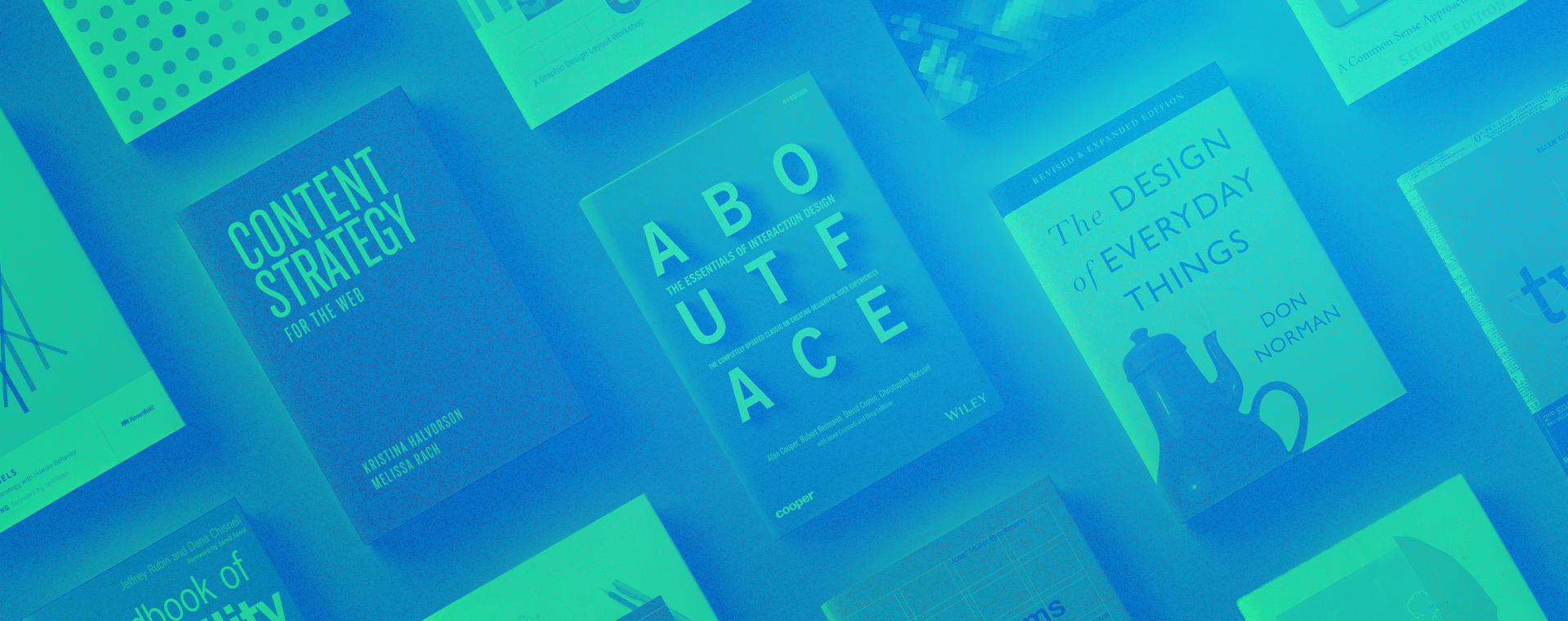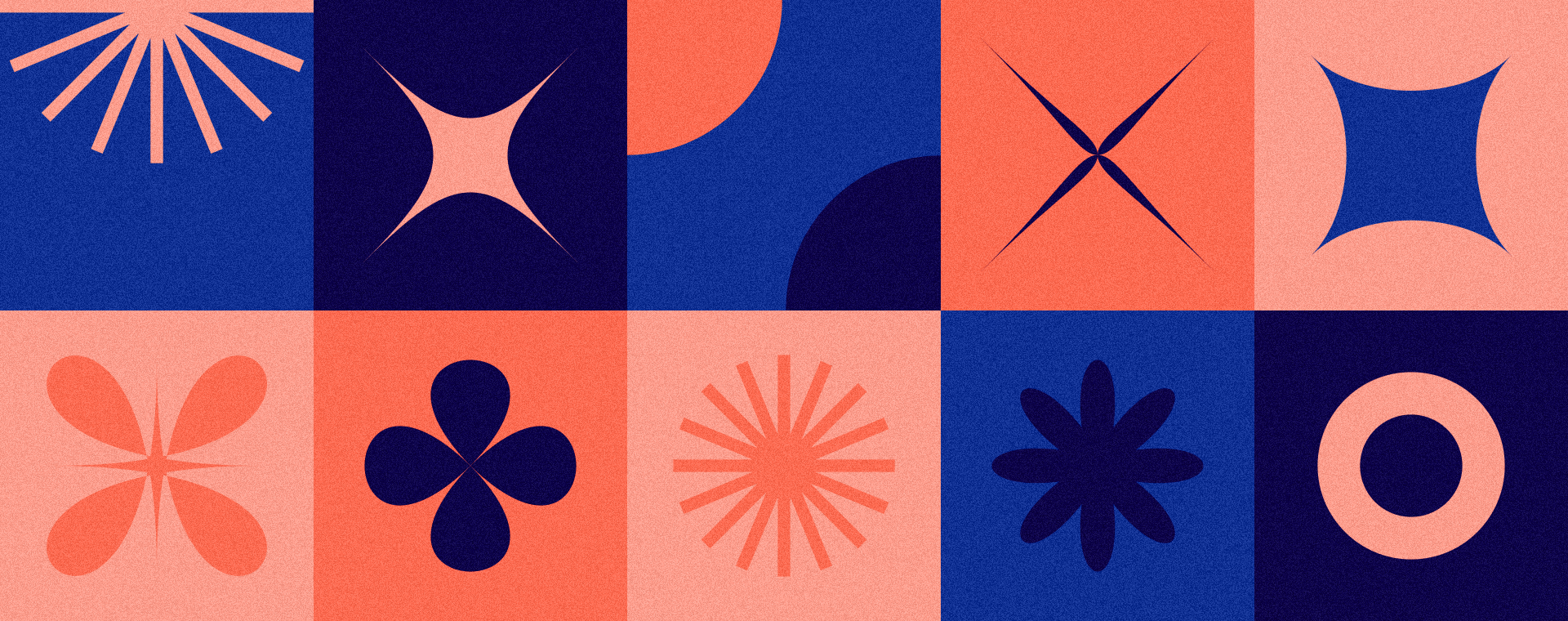Design Talk: Bad brands, aesthetics vs function, and more!
By: Grace Cole
August 9, 2018 | Reading Time: 6 mins
Design is art, and art is subjective. Everyone has their own unique styles and takes. To highlight these takes, we thought it would be a fun experiment to interview our designers on key design topics to see where they stand. They’ve been asked the exact same questions about design trends, bad brands, and aesthetics vs function. They’ve answered them separately without any discussion or collaboration. Let’s see what they have to say!
1. What’s more important in a design, aesthetics or function?
Grace: This question is forever up for debate in the design community. I’ve always found it to be misleading because I don’t think you can have one without the other. Design is all about solving a problem and communicating a message or action. For a design to be successful, it needs to accomplish a goal, like a user responding to a call-to-action or submitting a form. In order to get your audience to act on your goal, you need to first grab their attention and appeal to them through colours, imagery and text. Then, the design needs to be functional and user-friendly to sustain that attention long enough to follow through on the goal. So really, can one be more important than the other?
Brent: As designers, I think we tend to gravitate towards aesthetics. We’re visual people and we want to create something impactful that audiences will love. That being said, a good design needs to effectively communicate a message or purpose. Sometimes you need to compromise, but the goal for any good design is to balance both.
2. What’s a current design trend you’re loving or hating right now?
Grace: I’m loving the usage of bold and unique colours. Traditionally, companies have used 1 or 2 colours throughout their touchpoints to help build brand recognition. But lately, brands have forgone this convention in favour of being more creative with using colour to stand out. Dropbox is an awesome example of this. While they didn’t change their logo design, they added a bunch of new official brand colours for use. I think this trend will open up opportunities and flexibility for brand design, and I’m excited to see how it evolves.
Brent: Interactions and animations have introduced an extra level to web design. It’s a great way to bring your website to life and give it personality. On the flip side, overusing interactions and animations can be distracting. Not every button or image needs to be animated or call attention to itself. Use animations sparingly for important items and be subtle with your interactions. You’ll make a bigger impact on your audience by not overdoing it.
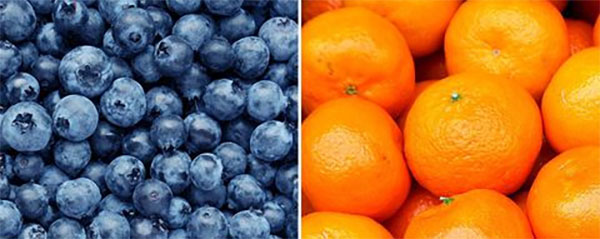
3. What are your favourite and least favourite colour palettes to work with on a brand?
Grace: My least favourite colours to work with would be the typical complementary colours like purple and yellow or blue and orange. While this approach to branding is foolproof by guaranteeing strong contrast – it’s not very adventurous. That’s why I tend to favour colour palettes that experiment with colour theory as opposed to eye-dropping colours straight from the wheel. I’m a big fan of taking inspiration from photography and nature. A resource I often use for creating a brand is Design Seeds. All of their colour palettes are pulled from photos. It’s a great website to get your creative juices flowing.
Brent: I like to work with palettes that use bright colours. They look great, command attention, and are easy to work with. It can be challenging to make something stand out with colours that are dull or boring. I’m not a fan of using traditional complementary pairings like blue and orange. They’re an easy solution that robs your brand of a unique colour palette. Try experimenting with unconventional colour combinations to help your brand stand out and give it a sense of individuality. If your brand colour is blue, try using colours like purple, teal, or yellow as a pairing. Having an extended colour palette also gives you more opportunities to be creative with your designs.
4. Name a brand whose design you’re really into right now
Grace: I often find myself looking for inspiration on Zendesk’s website. I like how they designed their brand in a way that it’s consistent without being boring. Instead of continuously using the same design elements, they use 3 unique imagery styles – geometric icons, Saul Bass-inspired illustrations, and colourful photography. While these styles don’t sound like they’d go together, Zendesk has combined them in a way that just works.
Brent: To be honest, there’s nothing really grabbing my attention lately. I’m finding that many rebrands are following the trend of simplifying their current brand, rather than creating something completely new. I will say Reebok – who took a risk and completely changed their look a few years back – has stood out to me while playing sports. I feel like I see it more now than I did before. They’ve gone from being the shoe brand your dad would wear, to an edgier look and feel that appeals to a younger generation. I like it when brands take a risk and try something new.
5. Name a company whose branding you would love the opportunity to redesign – what would you do with it?
Grace: I think UPS’s branding would be an interesting project to take on. Their colours, shield, and delivery trucks are widely recognizable, which is probably why they haven’t updated their branding outside of a logo refresh in 2003. I think it’s about time for a facelift. To preserve brand recognition and that nostalgic feeling, I’d keep the famous yellow and brown colours (even though they’re terrible) and add a few modern colours to the palette. Colours like dark blue, purple, and grey, would freshen things up and open opportunities for incorporating illustrations, icons, and colourful photography throughout their online and offline presence. While you’re at it, you could always colour code their services and divisions for a more dimensional brand experience.
Brent: One logo that hasn’t changed much over the years is Lego. What would be more fun than redesigning an iconic toy company that you’ve grown up with? Think of all the product testing. Lego is about being creative, having fun, and building something with your imagination. I think it’s important to incorporate that feeling into the brand. I would try using the Lego block in a subtle way or use negative space to create something unique. Introducing a new palette that mimics the block colours would be another idea. You could have multiple versions of the logo in multiple block colours. I think you could have a lot of fun with this brand. So Lego, if you’re reading this, feel free to slide into my DMs.

6. If you could give your clients advice on how to make their branding more successful what would it be?
Grace: Invest in good imagery for your brand whether it’s illustrations or photography. Alternatively, dedicate extra time to sift through stock photos to find what feels the most authentic and real. It’s important to use images that convey emotion, show action, and reflect your brand. Think about restaurant menus and the value of their food photography. If you can’t connect with your audience and appeal to their appetite, they won’t buy into what you’re selling.
Brent: The most common mistakes I see companies making are trying to say too much and having a lack of brand consistency. When you have too many taglines or too much copy, your message gets diluted over and lost in the noise. Don’t try to say everything all at once. Keep things simple, clear, and concise and you’ll get your point across.
Consistency is key for brand recognition. Brand elements like colour, photography, and fonts should all share a look and feel. Colour is a big one, with many companies failing to match their exact brand colours across print and web applications. If your colour is bright orange on screen but prints closer to yellow, how will your audience develop a strong brand familiarity? This is where having a brand guidelines document comes in handy. It’s a great way to help ensure you keep the integrity of your brand.
Oh, and one last thing. Invest in good branding. Your logo is the face of your company and will often be your first impression. A cheap logo is like a sweaty, limp handshake. When it comes to design, if you want to stand out don’t cheap out.
